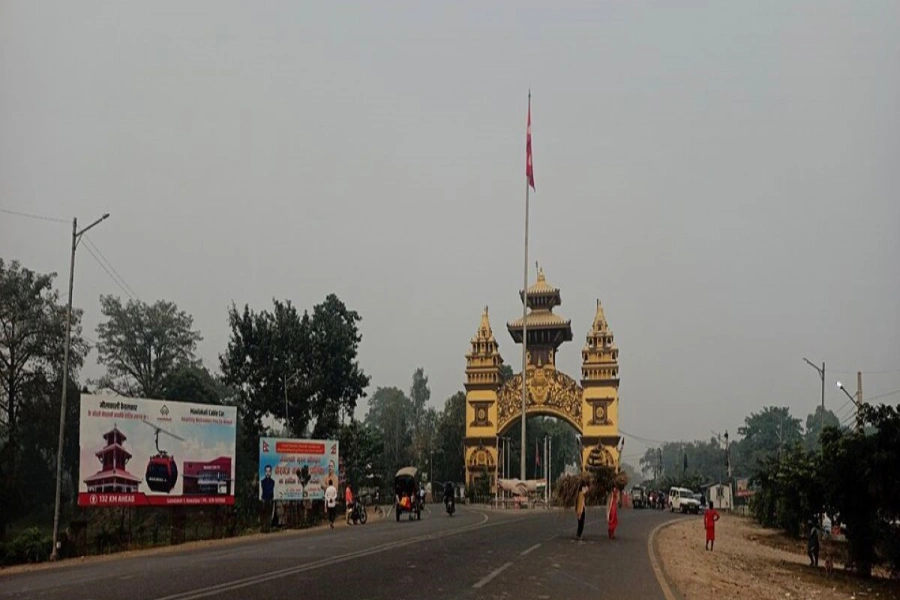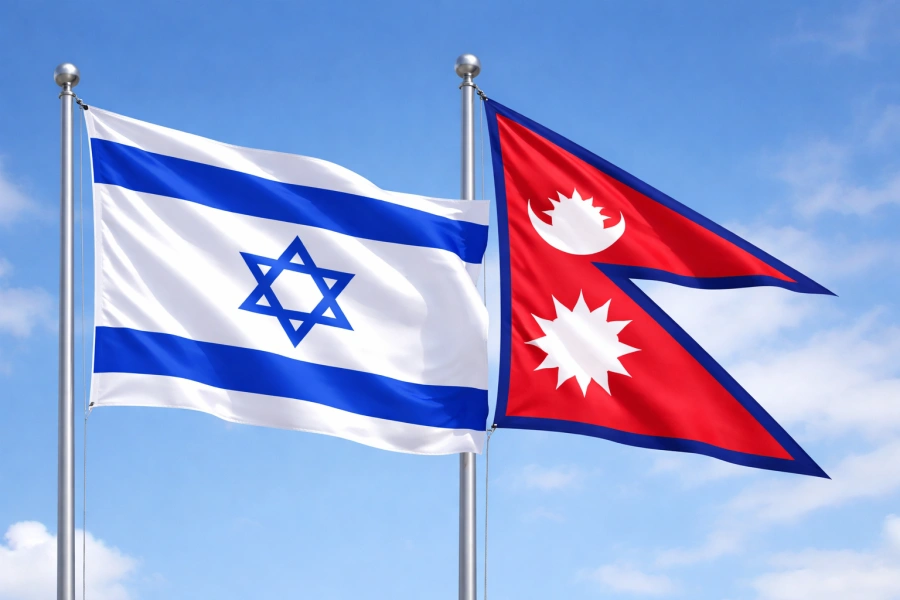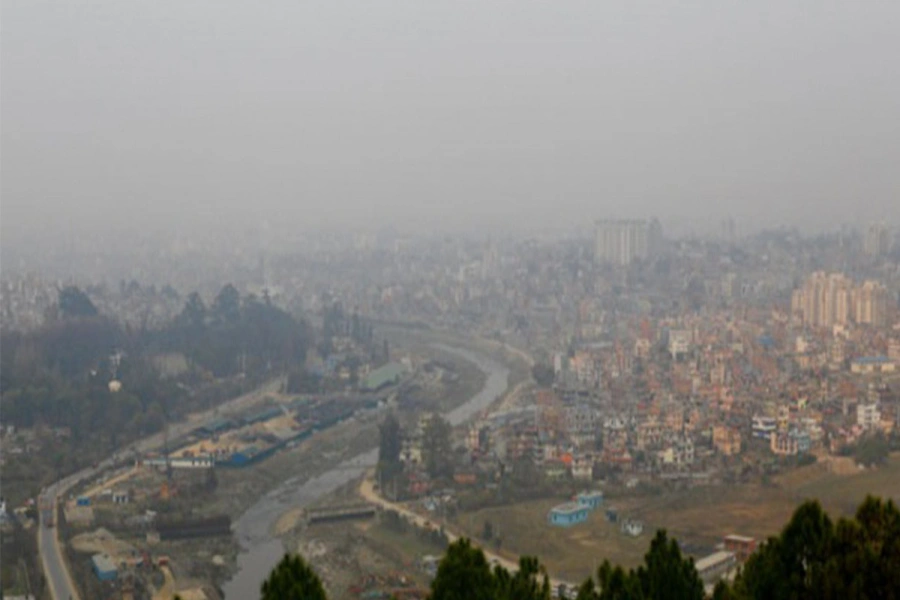World Food Safety Day is observed globally on June 7 each year to raise awareness about the importance of food quality and safety. With the theme “Food Safety: Prepare for the Unexpected,” Nepal marked the occasion with a weeklong series of programs starting Saturday. According to the World Health Organization (WHO), one in every ten people worldwide falls ill annually due to contaminated food. Foodborne illnesses claim 420,000 lives each year, with diarrhoeal diseases alone accounting for 230,000 deaths. Over 200 diseases are linked to unsafe food, exacerbated by the excessive use of harmful pesticides in produce, rising antibiotic use in livestock, and consumption of mold-contaminated foods. To address these challenges, the government has introduced the Food Hygiene and Quality Act 2081 (2024), aimed at amending and consolidating existing laws. The Act mandates that food hygiene and quality be ensured at every stage of the food chain based on scientific evidence and includes mechanisms for effective regulation to protect public health and consumer rights. However, strong oversight is essential to ensure its proper implementation.
But before food cleanliness, we must address deeper issues of indigenous food, food rights, and food sovereignty. Declining agricultural labour and ineffective government policies have already reduced productivity, leading to the disappearance of some native crops. With these crops, we also risk losing the cultural traditions and recipes they sustain. As unprofitable farming drives farmers away, only proactive state support can preserve such crops. Unfortunately, the government appears disengaged, often depending on foreign donors even to study native foods. While Nepal’s Constitution guarantees the right to food as a fundamental right, and the Right to Food and Food Sovereignty Act includes several progressive provisions to ensure food security, the government has shown little interest in implementing it. Even political parties, civil society, and non-governmental organisations have failed to pressure the state to act. Ensuring the right to food is a prerequisite to meaningful discussions on nutritious, safe, and balanced diets—and only then can we begin celebrating our culinary diversity. There is an alarming scarcity of written records on Nepal’s traditional cuisine. Most knowledge about indigenous ingredients and recipes survives only through oral tradition, making it vulnerable to disappearance due to a lack of documentation and intergenerational knowledge transfer. Lately, indigenous communities have shown growing interest in their cultural and culinary heritage. However, there is still minimal discourse on the relationships between geography, native plants and herbs, traditional healing practices, and the impact of climate change. For a nation that takes pride in its unique identity, documenting traditional food knowledge is long overdue.
UNESCO mission wants Valley heritage in danger list

Food is defined by geography and taste. It is culinary practice that binds these two. The ingredients used and how they are prepared determine flavour, which in turn builds popularity. If traditional dishes can move from rural kitchens into restaurants—and even be refined for global appeal while retaining Nepali identity—they could enrich our national image. For this to happen, we need culinary consciousness —an awareness that goes beyond flavour to include the history, meaning, and value of what we eat. Local and provincial governments, currently focused on constructing view towers and statues under the banner of tourism and identity, must recognise that tourists are more drawn to cultural and traditional cuisine than to redundant infrastructure. If local dishes are refined and marketed effectively, they can not only generate employment but also strengthen local economies. Ultimately, preserving our unique and delicious dishes depends on safeguarding the native crops they originate from. Yet the greatest threat lies in our own habits. We are abandoning local harvests and foods in favour of imported, processed items, treating the indigenous as outdated and the foreign as refined. This not only harms our health but also deepens our economic dependence. If stakeholders fail to act now, commemorations like World Food Safety Day will remain hollow—reduced to ceremonial speeches by ministers and bureaucrats, disconnected from the food realities on our plates.




































